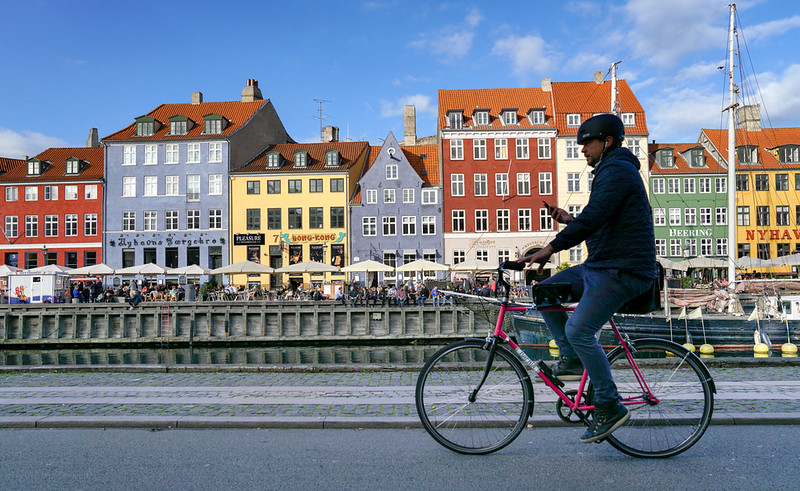The Cycle Superhighway Collaboration (CSC) is coordinated by the Office for Cycle Superhighways (OCS), which facilitates the collaboration between the municipal and regional authorities, who together fund the OCS. Each municipality is responsible for planning, building and financing their routes – often co-financed by the state. To ensure a common plan the municipalities have agreed on a conceptual strategy defining the quality and criteria for a cycle superhighway and a vision plan for a fully built network by 2045.
Being the largest cross-municipal bike infrastructure collaboration in Denmark, CSC strives to be one of the most innovative forces for bicycle development nationally and internationally. A concept for cycle superhighway standards has been developed and is constantly being updated based on CSCs innovation projects as well as new national and international knowledge. Strictly monitoring and evaluating the routes the collaboration has ensured a consistent collection of bicycle data that qualifies both the planning process as well as political decision making.
Activities include:
Routes:
Continuously updating cycle superhighway standards, accommodating different needs e.g., geographical area, connectivity to public transport etc.
Knowledge:
Launched the world’s first Cycle Superhighway bicycle account and proactively engage research projects with universities.
Communication:
Launched a business-oriented approach aiming to get more bicycle friendly transport initiatives and policies at workplaces.
Innovation:
Testing and studying new trends e.g., speed pedicels and the need for infrastructure adjustments.
Organisation:
Initiating (inter)national multi-stakeholder collaborations to anchor regional bicycle planning on (inter)national levels.
Users of the cycle superhighways are 52% female and 48% male. The main target group is generally between 18-67 years old. They count for approx. 65% of the inhabitants of the Capital Region (1.2 mill out of 1.8). On the cycle superhighways there has been an average 23% increase in number of cyclists. 14% of new cyclists used to travel by car. And the cyclists ride long distances, an average trip is 11km (one way).
The data relating to the impact of the routes is collected in the before- and after evaluation for each route made by external consultants. The evaluations are based on stop-interviews with commuters on the route, bicycle counts, speed test and comfort measurements. The data is disaggregated by gender and age. The socio-economic analysis was made by economic consultancy firm who also does socio-economic analyses of other infrastructure projects.

